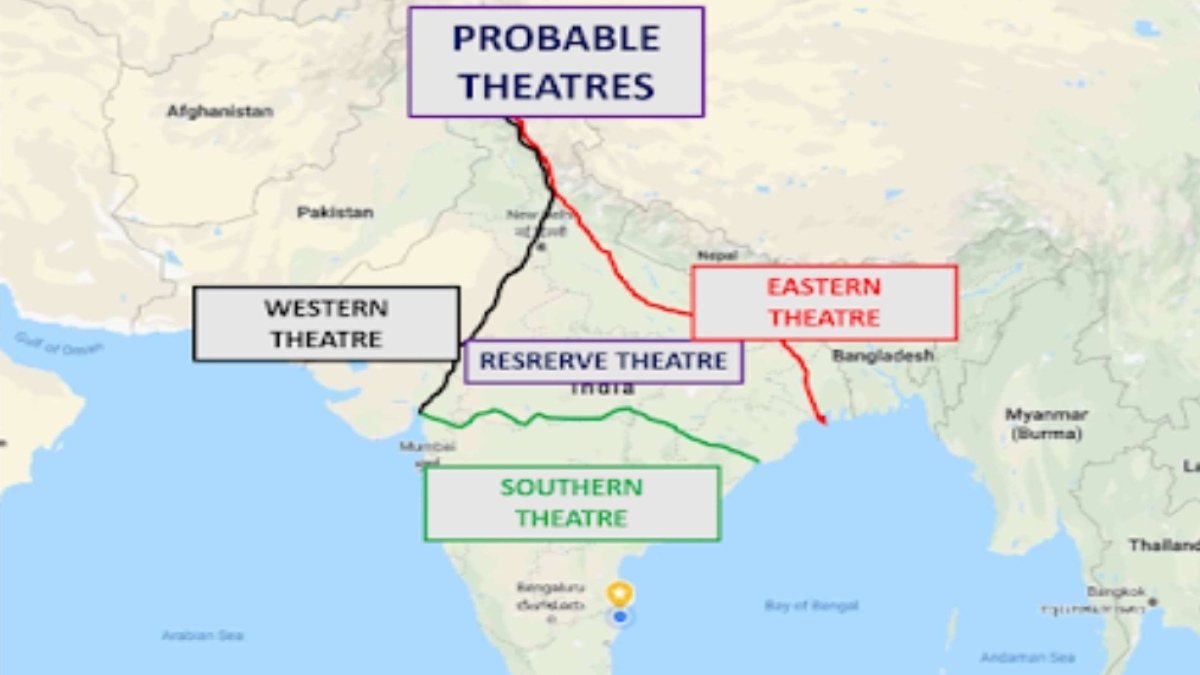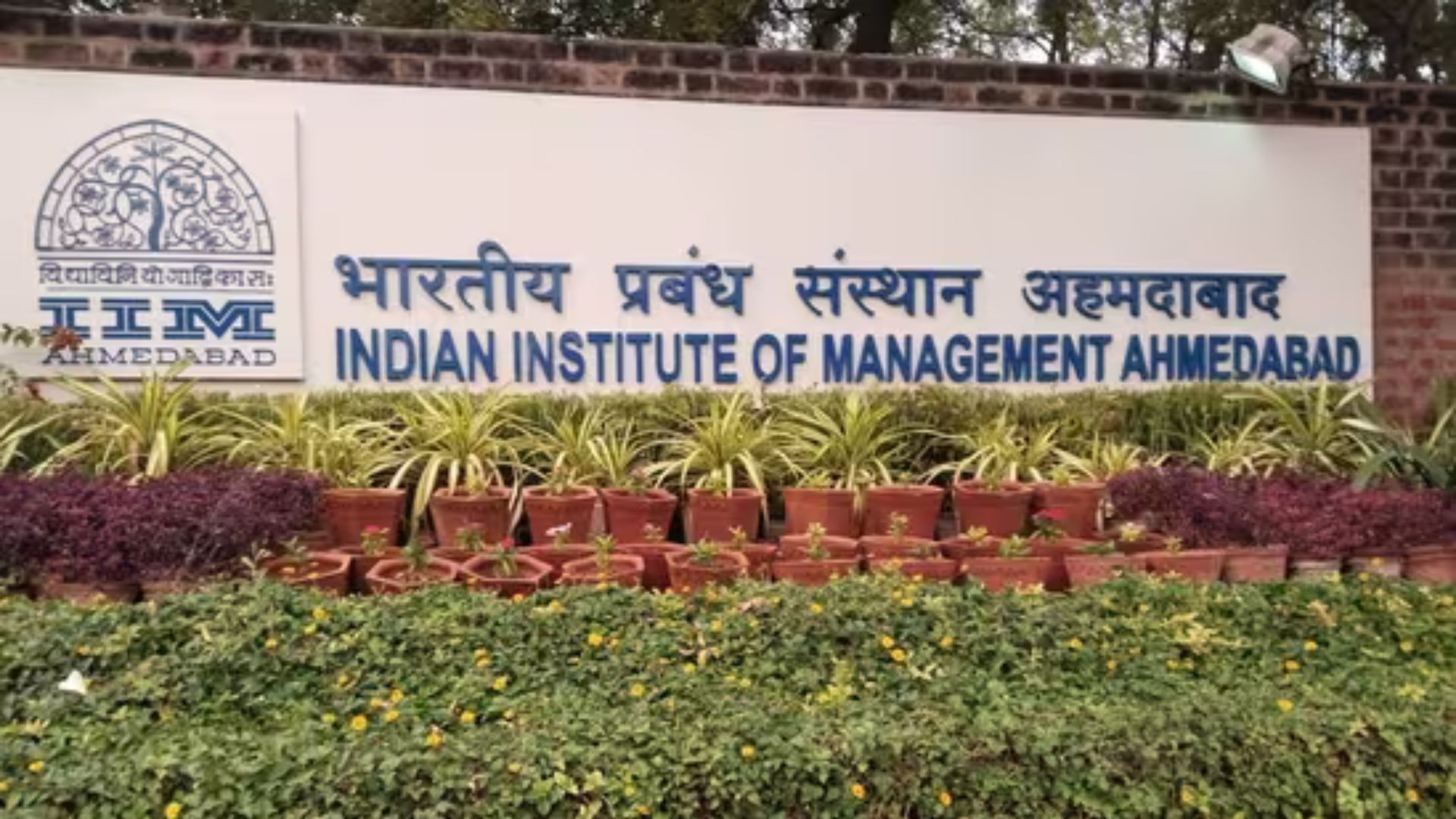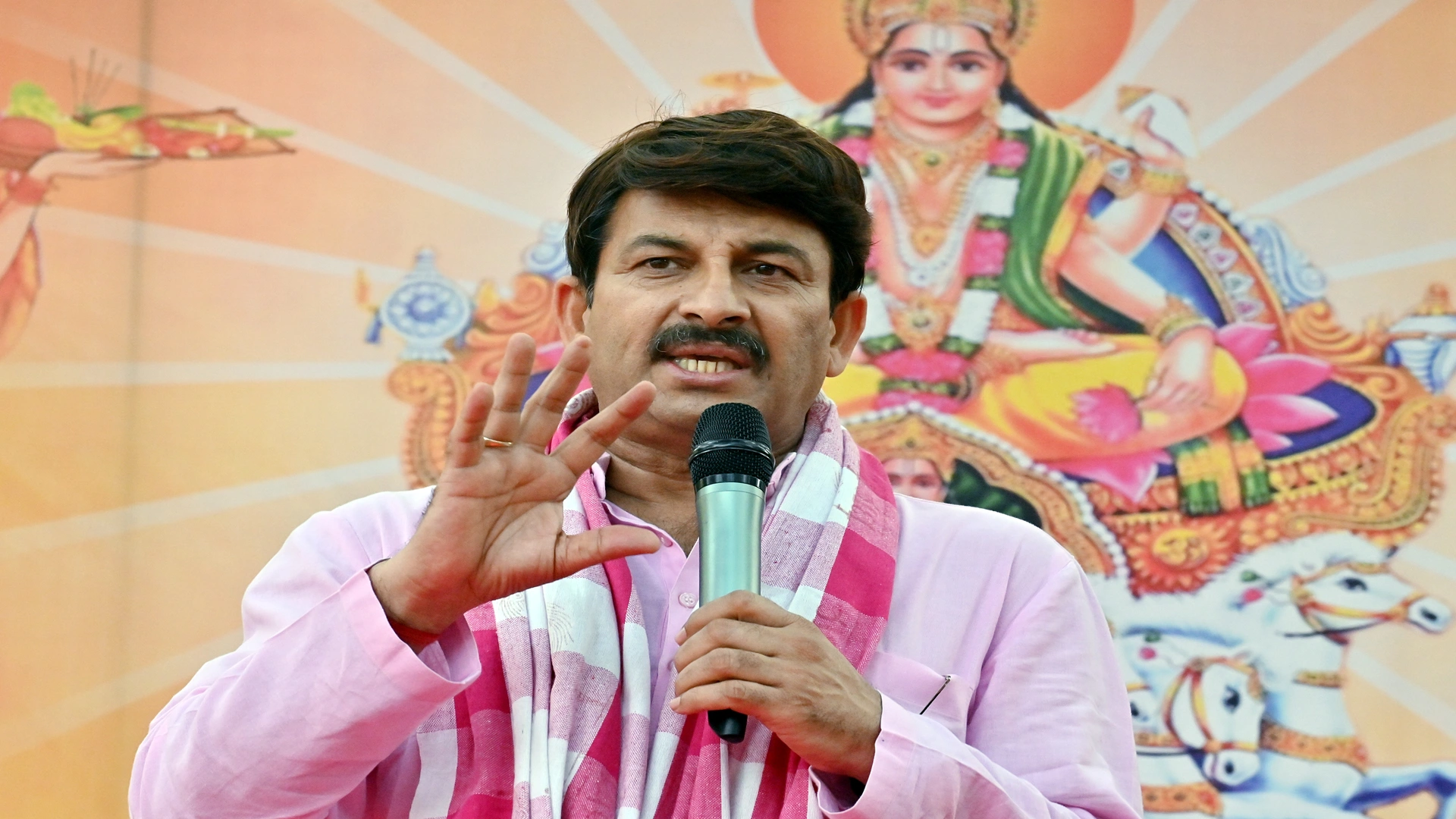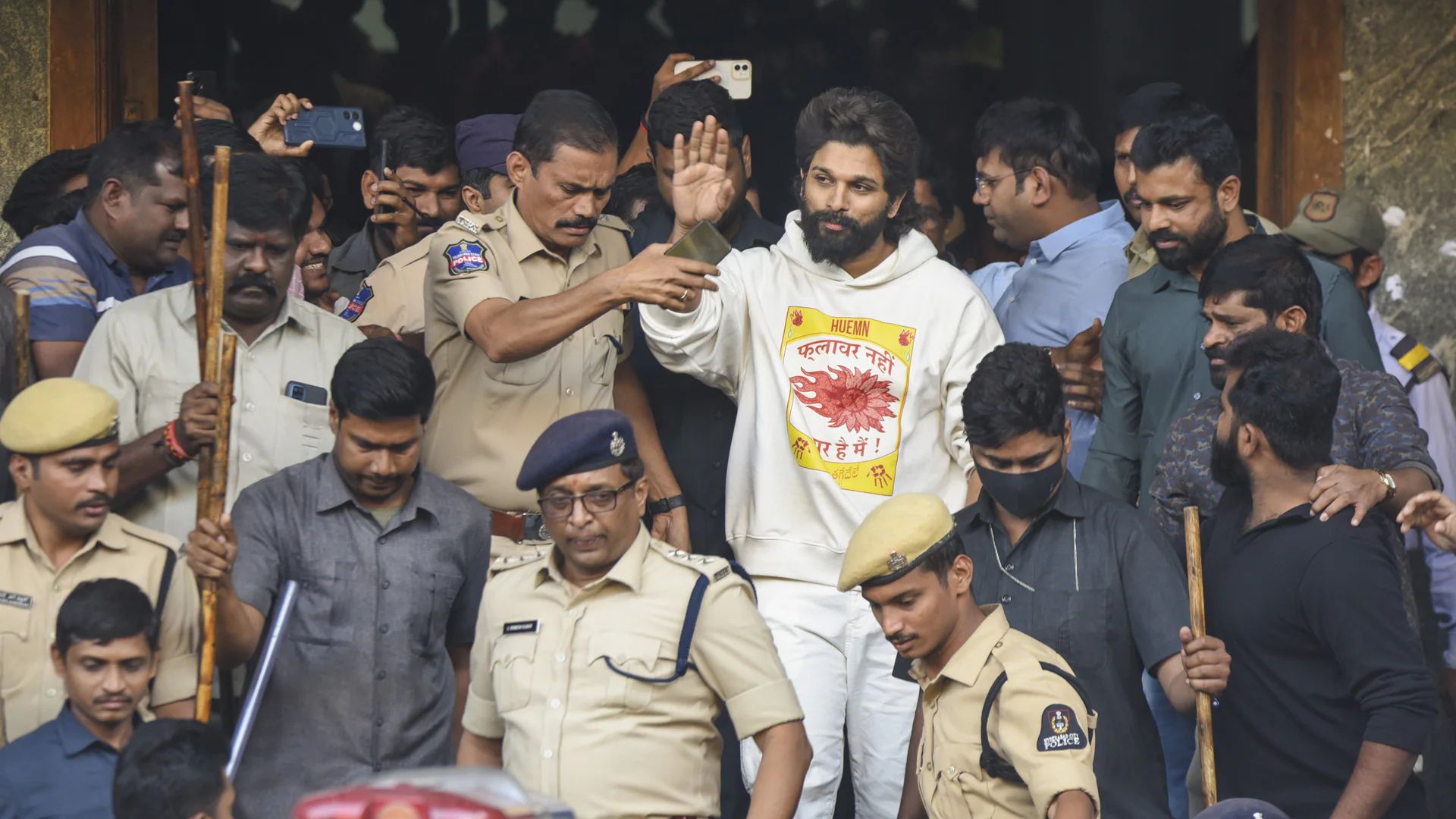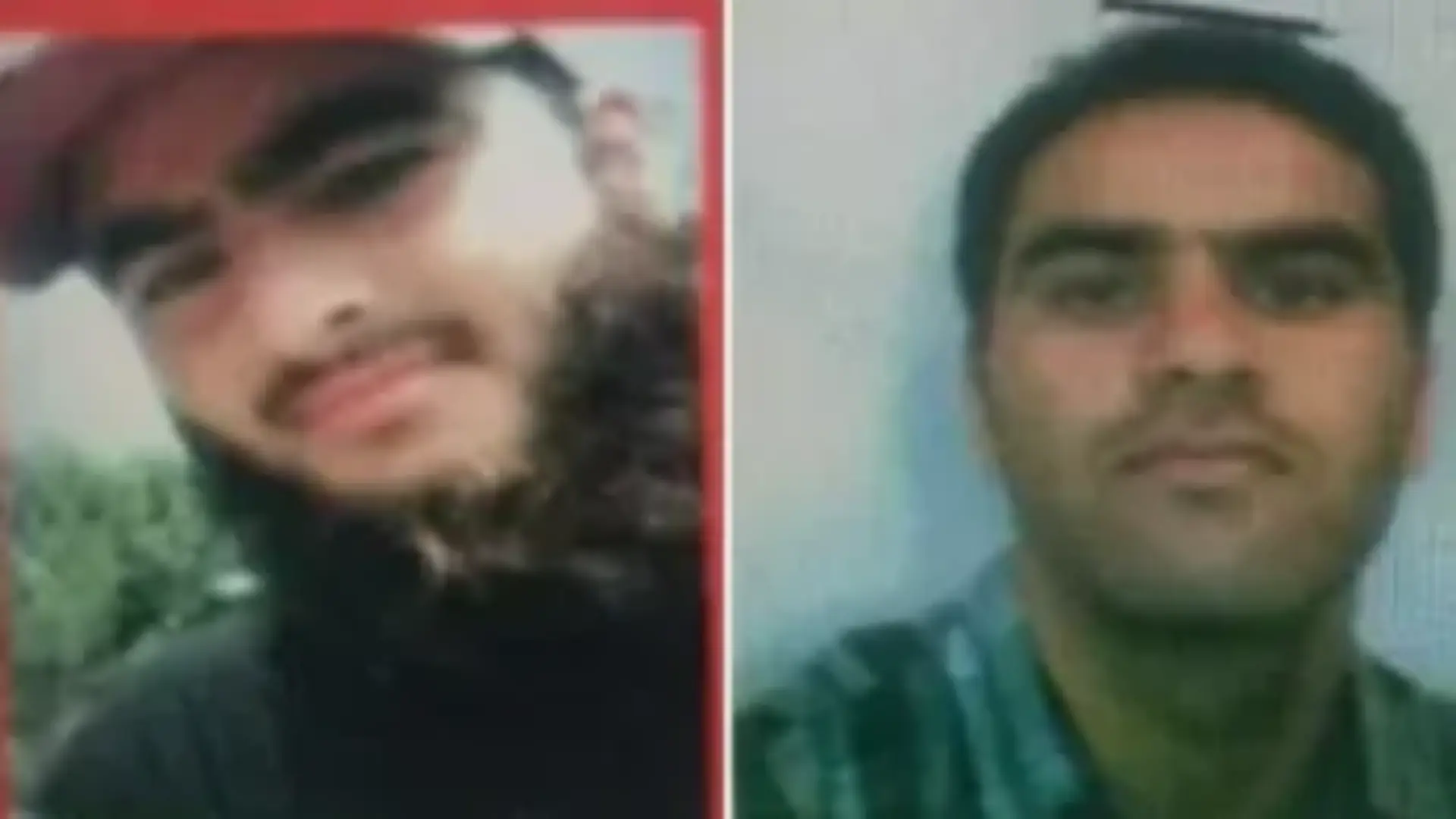A high-level committee of the Vice Chiefs of the three Services, the Chief of Integrated Defence Staff , and representatives of other Ministries are to undertake wider consultations to implement Theatrisation. It is well known that while the Army and Navy are fully onboard with the concept of Theatrisation, the IAF still has certain reservations. These reservations were always there and have only resurfaced. The public impression being generated is that there is no solution except ‘shoving it down the throat’ and to implement it by a date in the near future. Such a thought is detrimental to national security and should not even be contemplated. The need is for an unified warfare strategy, jointness in operations and integration of assets and forces. To achieve that, every component needs to be on the same page. We should be clear that that the outcomes of Theatrisation must be better than now. Otherwise we will be better off as we are. Hence the nation needs to be cognisant of the concerns of the IAF. There is a need to examine the main concerns of Theatrisation and to address them professionally.
The main concern of the IAF is well intentioned and partly genuine. The basic tenet of air power is to use it in a concentrated manner. It should not be frittered in penny packets. This is especially valid since the IAF is at a depleted strength and force multipliers like AWACs, AEW &C aircraft and flight refuellers need accretions or are due for major refits. It has been suggested that the answer lies in augmenting IAFs strength first. In the interim, the ORBAT needs reorganising such that the limited force can be brought to bear on targets effectively. Augmenting the IAF strength is a long term issue and Theatrisation cannot wait for that. The answer lies in reorganising the ORBAT and adopting a flexible but joint approach in deployment and employment of Air Power. As much as the flexibility is required in the IAF, there is a greater flexibility required in the Army. In fact if there are structural flaws in the Army need correction lest they are carried into a higher system.
Any long range firepower either based on direct propulsion (guns, rockets and missiles) or indirect propulsion (aircraft – manned and unmanned) is always at a premium. Also, as the range of action and effect increases the requirement of centralised control also increases. The longer the range , the lesser such assets are available due to sheer limitation of numbers. High costs and complexity of operations are also contributory factors. Hence they have to be deployed, employed and controlled centrally (initially at least). Command and control of these assets and task execution can be delegated as the battle unfolds. Firepower must be concentrated at a point in time and space to ensure overwhelming local superiority so that the situation is comprehensively addressed. Further, air assets which extend reach like refuelers or bestow strategic mobility and capability like heavy lift aircraft or enhance battle field transparency like surveillance , AWACs and AEW aircraft definitely need centralised control. In effect, certain air assets have to be under central control, no matter the situation. In this entire business of jointness, we must build flexibility. That is what seems to be missing in the entire approach to Theatrisation. I will explain the issue through the way Artillery Divisions are operational in the Army.
The Artillery Divisions in the Army have two gun brigades and one composite brigade which has long range vectors. Fundamentally the formation is a theatre resource but is placed on the ORBAT of a Strike Corps. However when it comes to application of its firepower, it is the theatre commander who uses it centrally based on his considerations. In the initial stages of the battle, these assets are placed ‘in location’ to the Pivot Corps. They are also re-deployed and employed for the tasks of the Pivot Corps , on a need basis. While the gun brigades get deployed and can be utilised for Pivot Corps tasks as allocated; invariably, the long range vectors are used for theatre tasks. Interestingly, all theatre level tasks are carried out in conjunction with the IAF based on a joint plan and jointly evolved target folders. Their deployment and employment is totally centralised. As the battle progresses, the Strike Corps swings into action. The gun brigades normally redeploy for the offensive. Even then their employment is controlled at the highest level. The long range vectors could get allotted to the Strike Corps in part, but will always be poised for theatre tasks. The essence of the whole story is flexibility, coordination, and cooperation through concepts like ‘in location’, ‘dispersed deployment’, ‘centralised control’, ‘multiple tasking through multiple assets’ and so on. The requirement is to develop jointness conceptually. It is not as if the IAF will get frittered away in penny packets if Theatrisation takes place. We need to evolve joint procedures of command and control in a theatre. We need new and forward thinking.
The crux of the problem is more cultural and psychological in nature. Last year, even before the Eastern Ladakh faceoffs started, I had foreseen the issue and outlined it in an article titled ‘Prickles of Theatrisation of Commands’. We are looking at how to meld two extremes. On one extreme we have an Air Force ‘dashing flyboy’ leadership which rarely identifies with its men. On the other extreme, we have an Infantry predominant ‘boots on the ground’ Army leadership which cannot look beyond its men, its lanyards and deep-rooted regimental affiliations. They have a lot in common. Both have good intentions and have done well for the nation. However, they both feel they are the ‘ONLY’ in their respective systems and the rest are appendages. They have a fixated concept of how war is executed, no matter if it is not relevant to the times. A bit of the lone ranger mentality. They both have exhibited a clannish penchant for cornering goodies of their respective forces at the expense of others. They are extremely good at handling advanced technologies but poor at developing them. They refuse to understand each other. How these two extremities are made to shed their inhibitions and come together on a common platform to work jointly and serve under each other is a great challenge. Both need to be brought to the centre of the road’. The Infantry dominated Army leadership wants to see the effect of air power in its visual range which is more suited to the close battle. This outlook has been further conditioned by the close encounters during excessive commitment in CI ops. Overall, the Indian Army has veered towards the ‘close battle’ mentality in recent years. The outlook of IAF leadership is unfettered by visual sight and looks deep. It believes in the depth battle. Its main fear is that air power will get divided and committed into penny packets and frittered which will lead to its eventual marginalisation. It could also result in a close battle focus at the expense of the depth battle. Penny packeting might also result in aircraft lying idle when required elsewhere. There is an old maxim – Guns are never left idle. Similarly, in war, a nation cannot let its airpower lie idle. It could be catastrophic.
The bridge between the two is Artillery which traditionally understands the close battle, has experience in CI ops next only to the Infantry and also thinks deep. With the growth of long range missile and rocket content the Artillery straddles both the spaces. Its traditional role of once merely neutralising the enemy, had morphed to destroying the enemy during Kargil War. It is now transforming to a higher level – deterrence based on extended reach in depth. However the structural problem is that the Artillery has been side-lined systematically in the Army. It is reduced to a support status with no voice due to many reasons; which are not fully professional. As a result the presence of Artillery in the leadership hierarchy is minimal and marginal. The cannons of India are no more the locks and keys of the nation. In this situation it is for the government to take a review holistically. It is beyond the actors in this theatre to rectify the situation. They are the problem in the first place. The solution lies in what Winston Churchill said ‘Renown awaits the commander who first restores Artillery to its prime importance on the battlefield’. As much as the Armed Forces need jointness and integration, the Indian Army leadership needs structural reformation. A re-look at the Infantry oriented ‘General Cadre’, which is now detrimental to the organisation, is warranted. Unless that relook is taken, forcible Theatristaion will be counterproductive to the nation. The snake will then start to eat its own tail. Indian Army is in a state of leadership and thought imbalance.
Let me highlight with a personal experience. As a GOC of an Artillery Division, I had occasion to work closely with the IAF. In a major operational exercise based on the deserts, I was once briefing my COAS, GOC in C, and the Corps Commander. The AOC in C was also in attendance. I was putting forth a plan which I could sense was not being well received. At that time it was the AOC in C who saw merit in my point of view and quizzed me pointedly and repeatedly. He drew out from me to what I was propounding for everyone to see light. Suddenly after a few leading questions a joint understanding and plan emerged to all round satisfaction and benefit. It developed synergy beyond my own belief. The role of the Artillery Division changed from being a mere provider of firepower to one of shaping the battle field and influencing operations along with the IAF. That kind of a thought process has to be instilled if we desire Theatrisation. IAF cannot be used as traditional Artillery in a support role. Nor can modern Artillery be used in a traditional role. The thinking has to change. In my opinion, the Artillery Division is to mountains what an Armoured Divison is to the plains. It promotes manoeuvre and reach into the depth. Along with IAF, it will provide a potent offensive capability in depth. However that realisation has not dawned in the Indian Army for a variety of reasons.
It is also well known that the IAF squadron strength is depleting. While all efforts are being made to make them up, it will not happen in the next decade. We must fight with what we have is the common refrain. However, ‘Airpower’ is not aircraft alone. It includes missiles and rockets also. There is whole new dimension of unmanned airpower opening up. So, look at it comprehensively. Iran relies on missile based airpower in the absence of a viable air force. Long range precision fires is a priority program of USA. China has deployed long range rockets and missiles in Tibet to offset their lack of airpower in Eastern Ladakh. All these pointers can be ignored at our peril. In the situation we are in, there is a need to increase the inventory of long range missiles held by the Army to bridge the gap due to lack of aircraft. India has the wherewithal, technology and production capacity to do so. It is undoubtedly cost effective. However to make it happen, it needs joint thinking and planning. That is not happening since the Army and IAF are not looking in the same direction. A redressal is needed in this sphere.
One might conclude that I am based and am propagating the case for ‘Artillery’ being a Gunner. However my argument is based on professional reason and facts not filial affiliations. In case we do not have the Artillery bridge in place in the correct slot, we will be destined to fend off the Chinese at short ranges as we have done so now and be ready to redress the situations they create along the LAC and elsewhere in future. The requirement is to keep them at ‘standoff’ through the IAF and Long Range Artillery. If needed we can fight them at short range with our indomitable Infantry, Armour and tube Artillery. It is not that I love my Infantry or IAF less, it is that I love my nation more and am being upfront. Our Infantry and IAF are great but cannot see eye to eye. Hence I have put across facts as they are. Theatrisation by force or by political edict or by majoritarian outlook will take us back to the philistines. There are sensible and logical ways forward on Theatrisation so that we can fight as a single entity across the length and depth of the battlefield. We need to have the mental flexibility and sagacity to do so resolve this core issue of Theatrisation. If we can do that, we are on our way.
PS :- I have no personal issue with any Infantry or IAF officer. In fact many have been my mentors and are full of wisdom.I respect them. Many will also ignore me as noise. However unless reason is seen we will face serious consequences.
Lt Gen P.R. Shankar was India’s DG Artillery. He is highly decorated and qualified with vast operational experience. He contributed significantly to the Modernization and Indigenisation of Artillery. He is now a Professor in the Aerospace Dept of IIT Madras and is involved in applied research for defence technology. His other articles can be read on www.gunnersshot.com
The crux of the problem is more cultural and psychological in nature. Last year, even before the eastern Ladakh face-offs started, I had foreseen the issue and outlined it in an article titled ‘Prickles of Theatrisation of Commands’. We are looking at how to meld two extremes. On one extreme we have an Air Force ‘dashing flyboy’ leadership which rarely identifies with its men. On the other extreme, we have an Infantry predominant ‘boots on the ground’, Army leadership which cannot look beyond its men, its lanyards and deep-rooted regimental affiliations.

